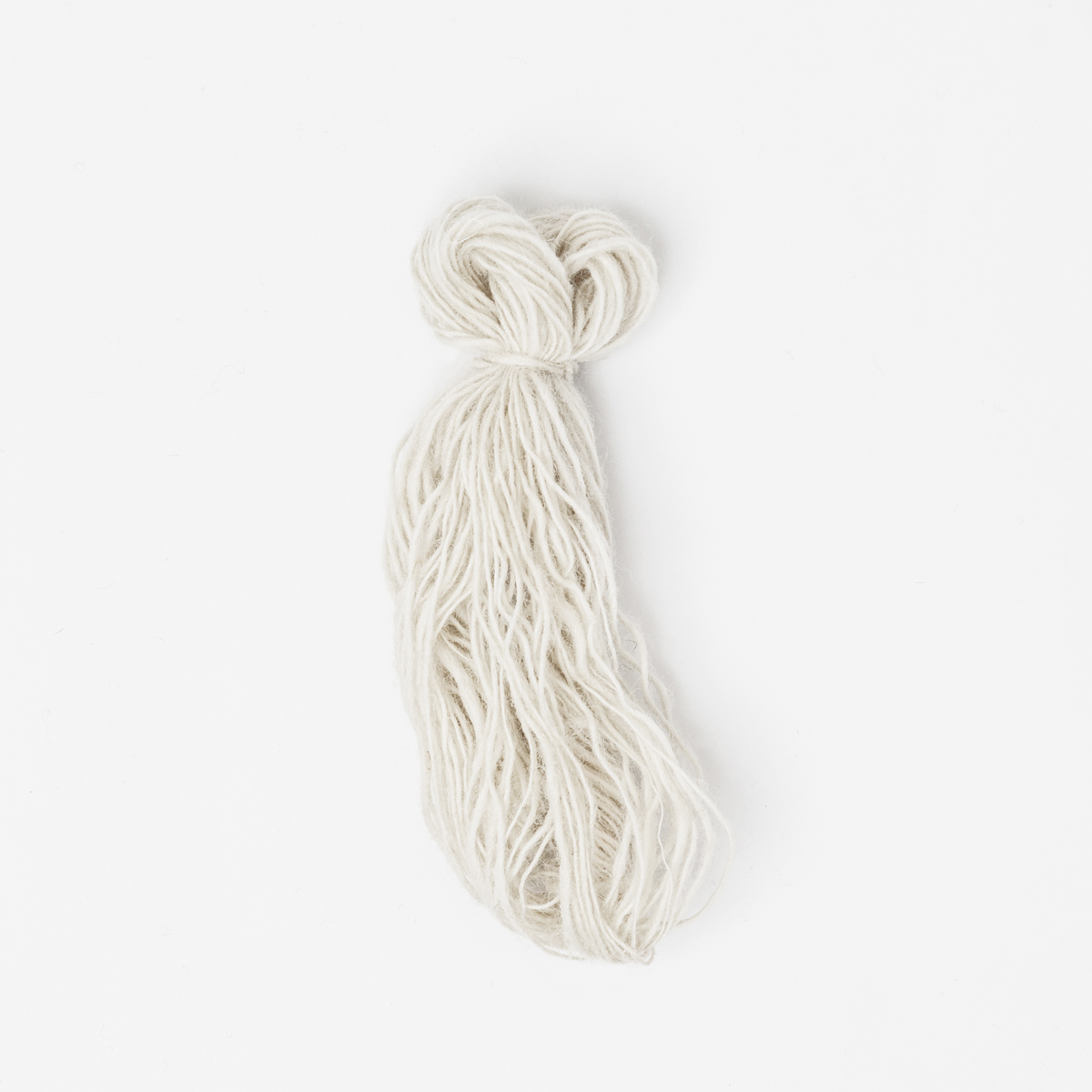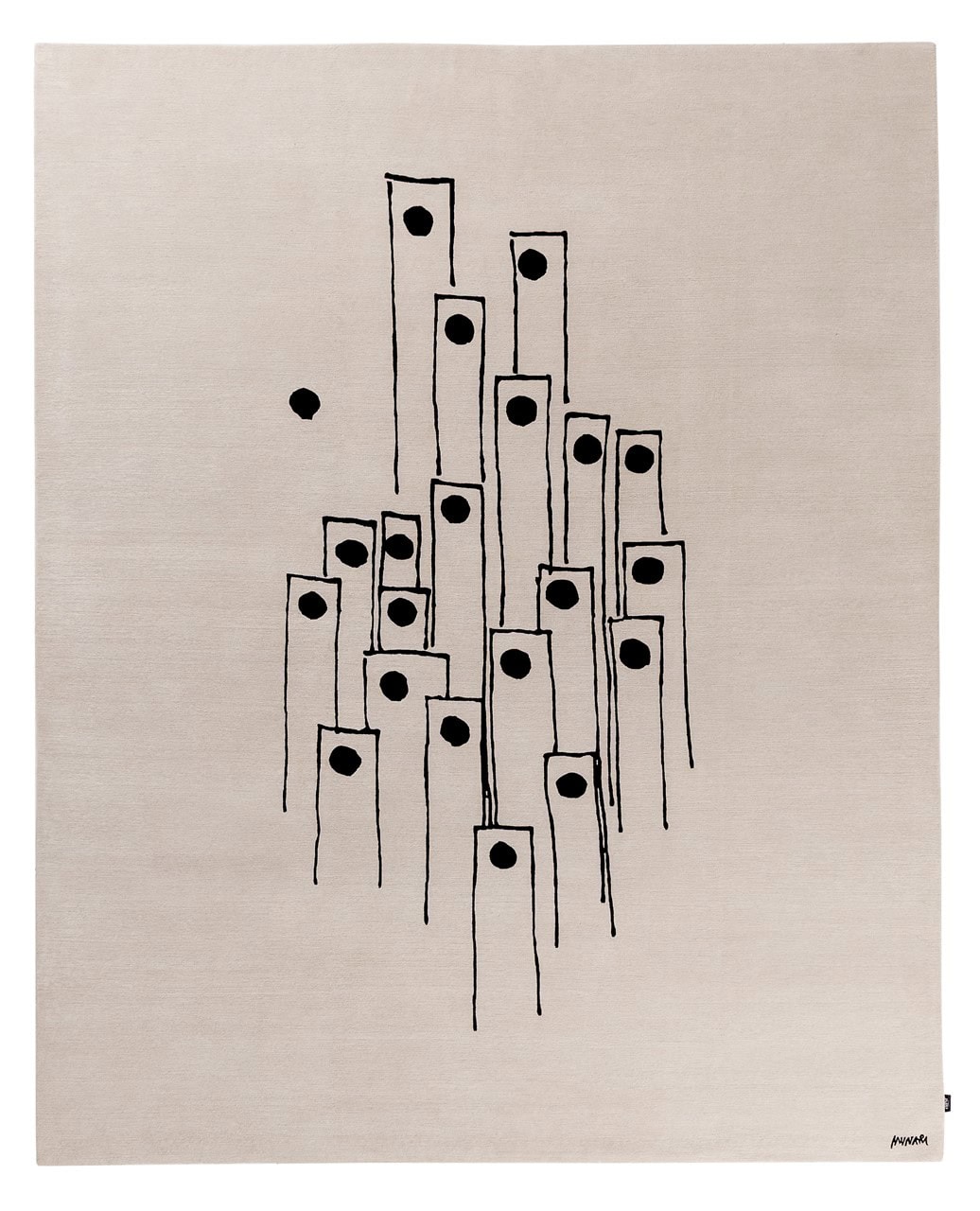Domino – 1/4 Circle


1/4 Circle positive
Starting from a project developed in 1974, the collection presents ten square modules of identical size (60×60 cm) defined by as many geometric patterns, in the eight colours of Panton’s colour series. Circles, squares, waves, stripes, quarters of a circle, and quarters of a square, made of precious wool and hand-tufted, are suitable for being freely composed to give life to the most varied patterns. The modules are perfectly suited to decorate not only floors, but also walls, and they can furthermore be used to optimize the acoustic qualities of a space.
CUSTOMIZE

Care & Maintenance
A correct handling and small daily attentions ensure that you may preserve over time the tactile and aesthetic qualities of the carpet. In addition to the quality of the cleaning, which must strictly be professional in case of handmade carpets, there are a number of important recommendations to be made. A few inconveniences may occur soon after first buying a hand-crafted carpet for the first time. Recognizing them and knowing how to deal with them can help you prevent irreversible damage.
Finer and longer compared to common wool, the wool obtained from the shearing of New Zealand sheep has always been widely appreciated in the furniture and clothing business. These yarns can be successfully declined in different colors and decorations, and are used for the making of all Amini hand tufted rugs.Più fine e lunga rispetto alla lana comune, la lana ottenuta dalla tosatura di ovini neozelandesi è da sempre apprezzata nel settore arredo e abbigliamento. Questi filati hanno la capacità di essere declinati in diversi colori e decori, e vengono utilizzati per la realizzazione di tutti i tappeti Amini taftati a mano.


Undisputed symbol of the Undisputed one of the greatest Danish, and internationally renowned designers of the 20th Century.Verner Panton (Gamtofte, February 13, 1926 – Copenhagen, September 5, 1998) made color his expressive tool more than any other designer of the of his time. He traversed the second half of the century illuminating it with his peculiar creative energy, expressed through pure geometric forms, organic lines, and decisive and precise chromatics, studied like mathematical formulas. Alongside iconic and timeless object designs, such as the Panton chair (Vitra) and the Panthella lamp (Louis Poulsen), Panton embraced disruptive research projects, like the Visiona 0 and Visiona II installations, created for Bayer in Cologne (1968-70) displaying an immersive and total conception of interiors.

















































